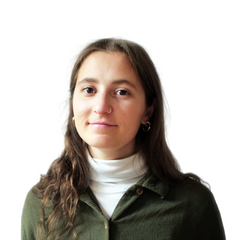Extremely rare echidna born at Berlin animal park
Just the size of a ball of wool, a rare breed of anteater has been born at Berlin’s Tierpark. The Australian echidnas are considered critically endangered and are one of the only living mammals that lay eggs.
Australian echidna born at Tierpark Berlin
In the season of new beginnings, a rare Australian echidna decided to crack a tiny fist through its shell this week and greet the German city with a “G’day”.
With a little snout and mole-like hands, the short-beaked echidna is a rare breed of anteater. The newcomer puggle (a baby echidna) is the first egg-laying mammal to be born in Berlin in 115 years. Back in 1908, the first echidna born outside of the animals’ natural habitat was born in Berlin Zoo.
Echidnas are kitted out with hind feet which point backwards to help them dig as efficiently as possible, a genius design of nature which led taxidermists of recent history to attach the mammals’ feet on backwards. But the species’ history stretches back much further than the 20th century, with zoologists believing the spiky echidnas were contemporaries of the dinosaurs.
Speaking to rbb, zoo employee Andrea Fleischer said, “In my 45 years of service here I’ve seen a lot, but this was a very special moment”. Fleischer was the first to discover the egg back in February. Echidnas' eggs are kept in mothers’ pouches until they reach the size of cricket balls, after which they are left in borrows.
Only 33 echidnas left worldwide
The puggle joins three others at Tierpark; Bruno and Tufi, both 12 years old, and Harapan, who is nine. To the joy of Fleischer and her fellow employees, Tufi chose Harapan as a mate and the rest is, as they say, Mesozoic history. “The conditions seem to have been perfect,” Fleischer told rbb.
Echidnas are expected to live to the ripe-old middle age of 45 years. The species is considered “critically endangered” by the IUCN, and only 33 remain in human care in the world. Land clearing and forest fires are the biggest threats to echidnas, who can travel several kilometres per day and call very large areas home.
Thumb image credit: UlrikaArt / Shutterstock.com
By clicking subscribe, you agree that we may process your information in accordance with our privacy policy. For more information, please visit this page.



COMMENTS
Leave a comment